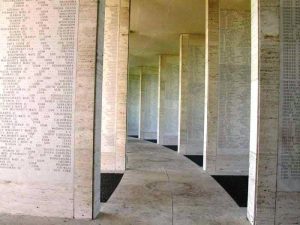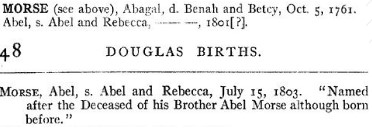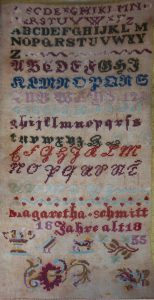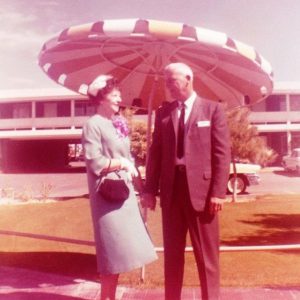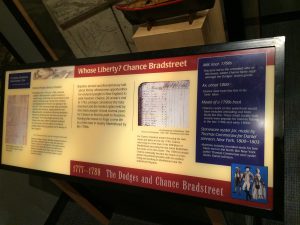
In 2010 I visited the Smithsonian National Museum of American History. An exhibit that caught my eye was called Within these Walls, which told the stories of five families who lived in a house in Ipswich, Massachusetts for more than two centuries. The period covered ranges from the Choate family as American colonists in the 1750s to the Scott family during the Home Front of the 1940s. The second family covered, under the period of “Revolutionaries – 1777–1789,” was the Dodge family, under the heading “the Dodges and Chance.” The Dodge household included an African-American man named Chance, as noted in Abraham Dodge’s 1786 will, where Abraham left his wife Bethiah “all my Right to the Service of my Negro Man Chance.” At the time I saw this exhibit, that reference was essentially all the show’s curators knew about Chance. Continue reading Updating an exhibit


